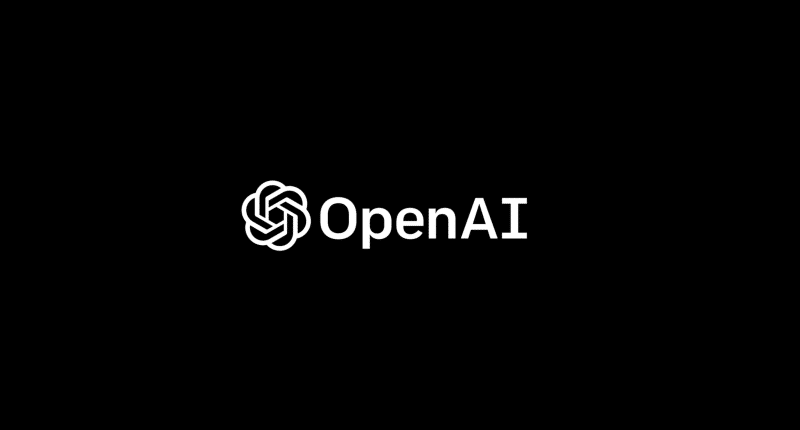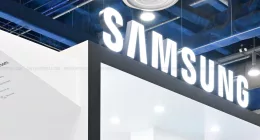OpenAI, the Sam Altman-led, Microsoft-backed AI firm that took the world by storm with its ChatGPT gen-AI bot, is entering into the AI video space. OpenAI’s entry would mean a setback to several software startups, which have built companies around using GPT models to develop AI video software. Called ‘Sora’ – OpenAI describes this as an AI model that breathes life into text, weaving narratives into hyper-realistic videos – and joins the likes of Meta, Google, and Runway AI (all of whom have previously built text-to-video generators).
Derived from the Japanese word for “sky,” Sora symbolizes the limitless potential of AI-driven creativity. OpenAI notes that with Sora – and its text-to-video capabilities – high-definition videos up to a minute long can be generated from textual prompts. With its ability to translate text into visually captivating scenes, Sora opens up new possibilities for multimedia storytelling and creative expression. “Introducing Sora, our text-to-video model. Sora can create videos of up to 60 seconds featuring highly detailed scenes, complex camera motion, and multiple characters with vibrant emotions,” OpenAI announced in a post on X.
Introducing Sora, our text-to-video model.
Sora can create videos of up to 60 seconds featuring highly detailed scenes, complex camera motion, and multiple characters with vibrant emotions. https://t.co/7j2JN27M3W
Prompt: “Beautiful, snowy… pic.twitter.com/ruTEWn87vf
— OpenAI (@OpenAI) February 15, 2024
Whether it’s a detailed description of a bustling cityscape or a poetic narrative of natural beauty, Sora can translate diverse textual inputs into dynamic video clips, according to the videos showcased by OpenAI in its blog post on the matter. Imagine describing a bustling Tokyo street, neon lights reflecting off rain-slick pavement, the energy palpable even in your mind’s eye – provide the prompt, and Sora will create the video for you. Moreover, Sora’s ability to generate longer video clips, up to one minute in length, sets it apart from other text-to-video models, offering users greater flexibility and versatility in their content creation endeavors. The firm notes that Sora will now be made available to “red teamers to assess critical areas for harms or risks,” as well as several “visual artists, designers, and filmmakers to gain feedback on how to advance the model to be most helpful for creative professionals.”
“Sora is able to generate complex scenes with multiple characters, specific types of motion, and accurate details of the subject and background,” the company said. “The model understands not only what the user has asked for in the prompt, but also how those things exist in the physical world.”
While Sora demonstrates impressive capabilities, it is not without its limitations. The model may encounter challenges in accurately simulating the physics of complex scenes or understanding subtle nuances in textual prompts. Furthermore, deepfakes, already weaponized for misinformation and manipulation, becomes far more menacing with Sora’s photorealism. Imagine a political candidate delivering a fabricated speech, indistinguishable from reality. Or a historical event being “recreated” with unsettling accuracy, potentially distorting public memory and fueling disinformation campaigns, and you get an idea how Sora may be used for more sinister purposes.





